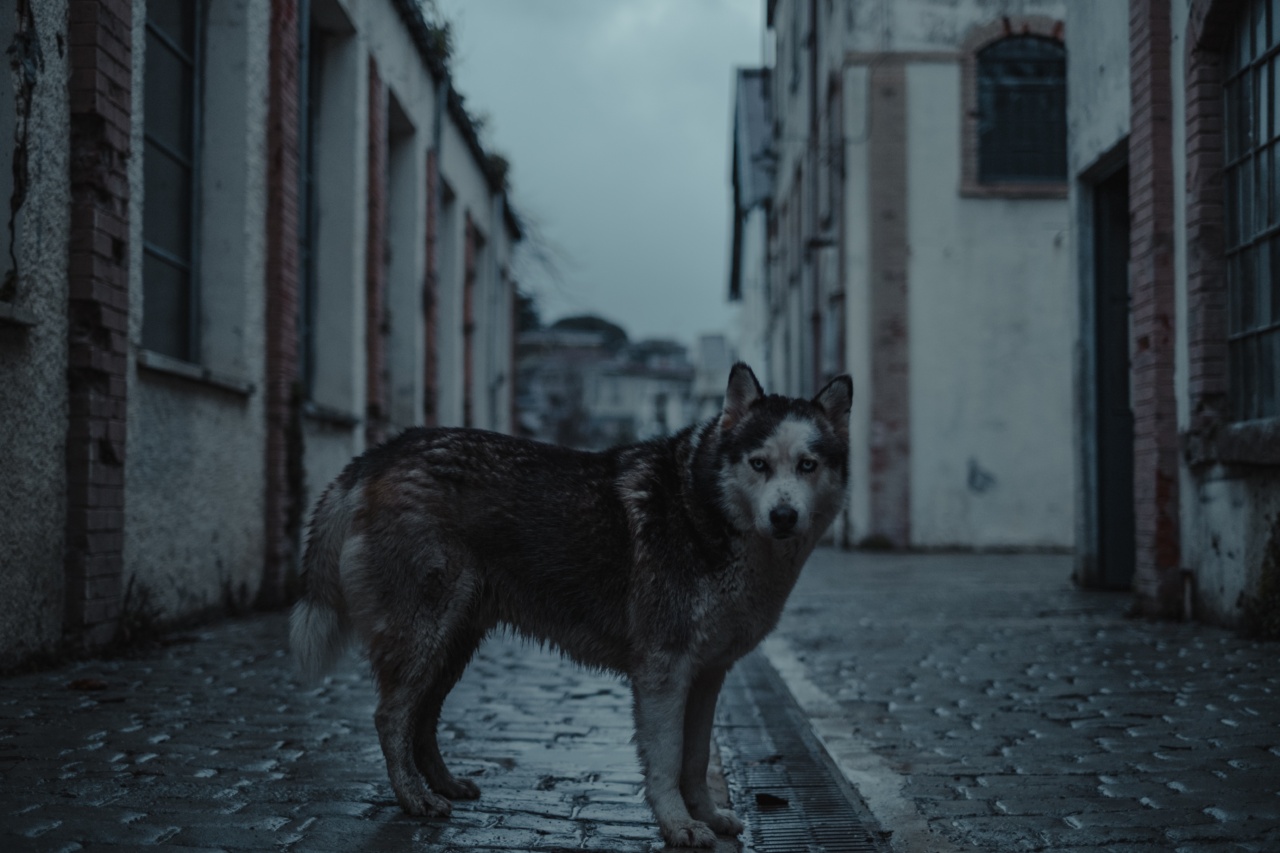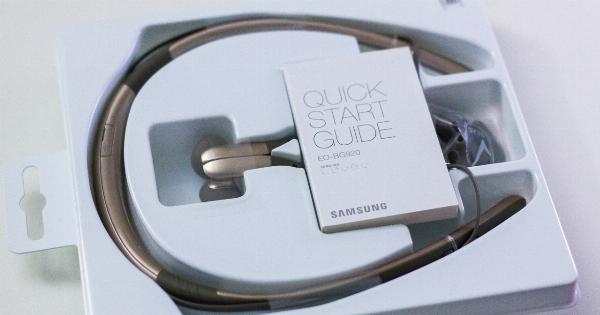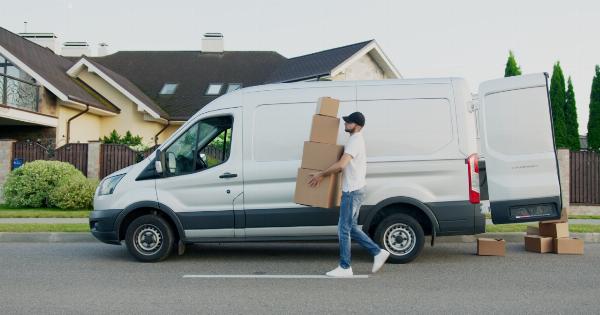Dogs are known to be loyal and can become great companions for their owners. But sometimes, they can easily get lost, and that can lead to a lot of stress and worry for their owners. Losing a dog can happen to anyone, and it is a heartbreaking experience.
A lost dog can be at risk of injury, disease, theft, and even death. Therefore, it is essential to take steps to ensure your dog’s safety and prevent it from getting lost. In this article, we will discuss the essential tips to ensure your dog never gets lost.
1. Make Sure Your Dog Always Wears an ID tag
The first thing you should do to ensure your dog never gets lost is to make sure they are always wearing an ID tag. The tag must have your address, phone number, and name, so if someone finds your dog, they can contact you easily.
You can also include additional information on the tag, such as your pet’s name, an emergency contact phone number, and any medical conditions they may have. In addition to the ID tag, you can also consider microchipping your dog. This is a form of identification that is implanted under your pet’s skin, and it can be read by a scanner.
Microchips are essential since tags can fall off or get lost, but a microchip will always stay with your pet.
2. Keep Your Dog On a Leash When Outside
When you’re outside with your dog, ensure that you have them on a leash at all times. Even trained dogs can get distracted and run off, and the leash can help to keep them close to you and prevent them from running away.
Furthermore, dogs that are not leashed may get into fights with other animals or get hit by a car, which can lead to severe injuries or death. Therefore, if you’re walking your dog or taking them to a park, make sure they’re always on a leash.
3. Secure Your Yard
Another way to ensure your dog never gets lost is to secure your yard. Make sure you have a fence that is high enough to keep your dog from jumping over it.
You can also consider installing an invisible fence, which is an electronic system that creates a boundary around your yard. This system sends a signal to your dog’s collar, warning them not to cross the boundary. Invisible fences can be very effective and work well for many pet owners.
4. Train Your Dog to Come When Called
The “come” command is an essential skill that will help keep your dog from getting lost. Train your dog to come when called, and make sure they understand the command thoroughly.
Start by using a leash and treats and gradually increase the distance between you and your dog. Once your dog has mastered the command, practice it in different environments, such as a park or a crowded street. If your dog learns to come when called, it will be more likely to come back to you if it ever gets lost.
5. Monitor Your Dog’s Behavior
To ensure your dog never gets lost, it is essential to monitor its behavior. Observe your dog’s interactions with other animals and people, and always keep an eye on them when they’re outside.
If your dog starts acting nervous or distracted, it may be a sign that they’re about to run away. Look for warning signs such as ear posture, drooling, and raised fur. If you notice any of these behaviors, call your dog back to you immediately.
Monitoring your dog’s behavior will help you anticipate any potential issues that could cause them to run away.
6. Keep Your Dog Within Sight
When you’re outside with your dog, keep them within your sight at all times. Don’t let your dog wander out of sight, even if they’re well-trained. If you’re in a crowded area or a park, consider keeping your dog on a shorter leash.
Keeping your dog within sight will help you keep an eye on them and prevent them from wandering off.
7. Use GPS Tracking
If you want to take extra precautions to ensure your dog never gets lost, you can consider using GPS tracking. GPS tracking devices are small devices that you can attach to your dog’s collar.
These devices allow you to track your pet’s location in real-time, and you can receive alerts if your dog leaves a designated area. GPS tracking is especially helpful if you live in an area where your dog is at risk of being stolen or if your dog has a habit of running away.
8. Keep Recent Photos of Your Dog
It’s always a good idea to keep recent photos of your dog in case they ever get lost. Having a clear photo of your dog will make it easier for you to identify them if someone finds them.
You can also show the photo to neighbors or post it on social media to help spread the word if your dog goes missing. Remember to update the photos regularly and make sure they’re as clear as possible.
9. Be Prepared for Emergencies
It’s essential to be prepared for emergencies in case your dog gets lost. Make sure you have the necessary equipment, such as a leash, collar, and ID tag, to help you find your dog.
Keep a first aid kit on hand in case your dog gets injured, and know the location of veterinary hospitals in your area. Additionally, you can consider enrolling your dog in a pet insurance program that covers lost pet recovery services.
10. Act Fast if Your Dog Goes Missing
If your dog does get lost, it’s essential to act quickly. Time is of the essence when your dog goes missing, and the more time that passes, the harder it is to find them.
Start by checking your neighborhood and spreading the word to your neighbors, friends, and family. You can also post on social media and other online platforms to help spread the word. Contact your local animal shelter, animal control, and veterinarian’s office to see if anyone has reported finding a lost dog.
Make sure you have up-to-date information about your dog, including their microchip number, ID tag information, and recent photos.
Conclusion
Ultimately, ensuring your dog’s safety and preventing them from getting lost is all about being proactive.
By taking the necessary precautions, such as using ID tags, keeping your dog on a leash, securing your yard, training your dog, monitoring their behavior, and using GPS tracking, you can significantly reduce the risk of your dog getting lost. Remember, if your dog does go missing, act fast and work diligently to find them. With proper preparation and care, you can keep your dog safe and happy for years to come.






























